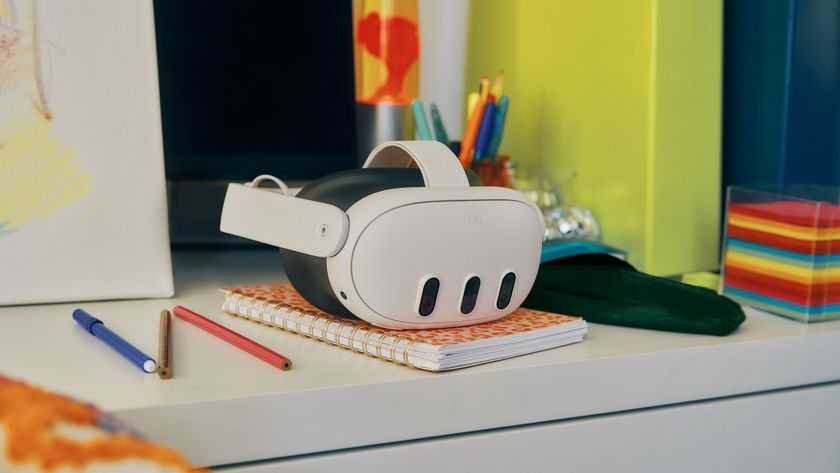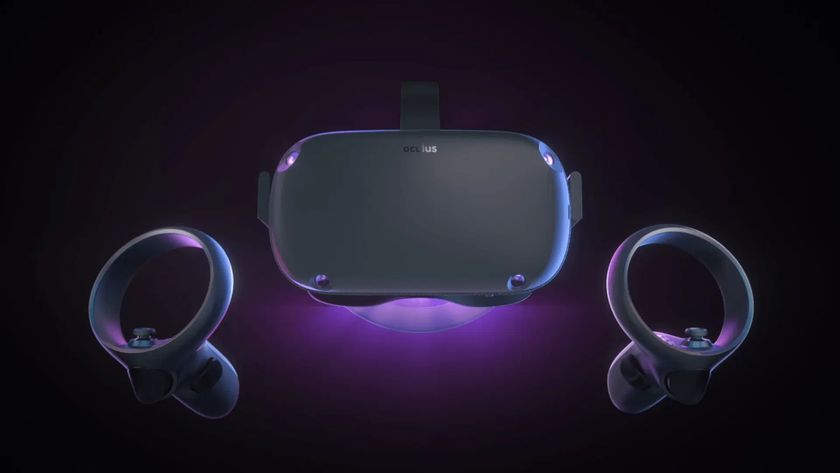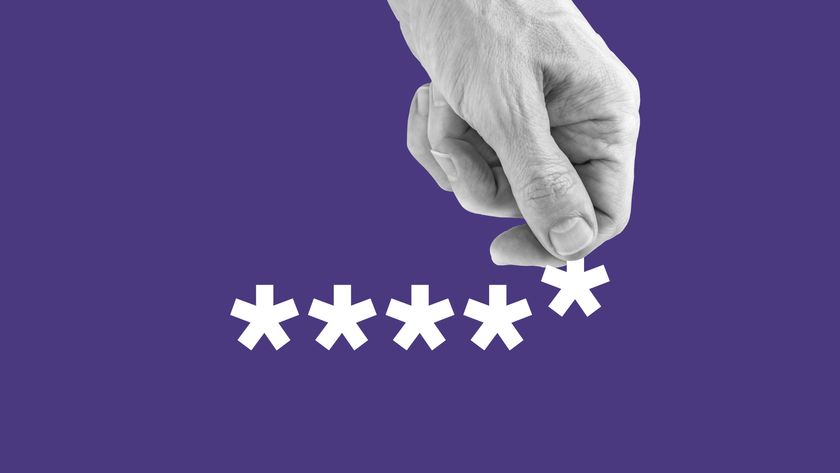The best smart glasses 2025: the top AI and AR glasses you can find
We've tested AI and AR smart glasses, and these are the best
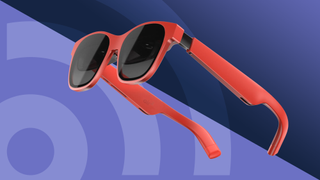
1. Quick List
2. Best AR smart glasses
3. Best cheap AR smart glasses
4. Best AI smart glasses
5. Best smart glasses for ChatGPT
6. Best smart home glasses
If the newly announced Meta Orion AR glasses have you curious about the state of smart glasses in 2024 then you're in the right place. Because while you might think that following the demise of Google Glass smart glasses tech had faded into oblivion quite the opposite is true.
In recent years this sector has had a major glow-up with gadgets incorporating a mix of AI or AR into a nifty wearable, and we’ve rounded up some of our favorites so you can browse them here.
One thing you should note is that these reinvigorated smart glasses are still fairly new to the tech scene. That means we’re still in the early adopter stages of their life cycle – so you can expect slightly higher prices for slightly less impressive tech relative to more established gadgets like the best wireless earbuds, best laptops, or the best smartwatches which you may feel offer better bang for your buck.
That’s not to say the following smart specs aren’t awesome in their own right – they’re one of the most wow-inducing gadgets we’ve tested in recent years – but equally, they won’t be perfect and they won’t be something everyone needs right now.
Quick list
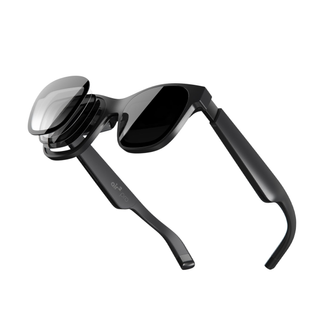
Using the included USB-C to USB-C cable you can virtually project your compatible phone or device onto a massive virtual full-HD cinema screen complete with surround sound. These smart glasses aren't perfect but for AR, they're the best right now.
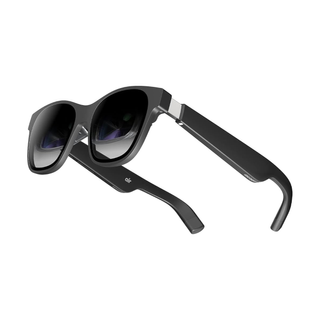
If the second-generation model is too expensive, the original Xreal Air AR smart glasses are a solid option at a more budget-friendly price with only a few downgrades.

After a wearable AI instead of AR specs? Well, the Meta AI in these stylish Ray-Bans is pretty darn helpful, especially thanks to their camera-enhanced 'Look and Ask feature.'

While their overall AI capabilities are not as impressive as the Ray-Ban Meta glasses', if you're married to ChatGPT these are the best glasses we've tried that offer hands-free access to it.
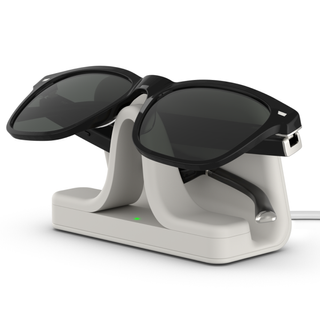
Much like the Lucyd glasses these specs aren't as impressive as Meta and Ray-Ban's smart glasses collab, but if you have plenty of Alexa-compatible smart home tech then there is some extra functionality to be found with the Echo Frames.
The best AR smart glasses in 2024
Why you can trust TechRadar
Below, you'll find full write-ups for the best smart glasses we've tested, along with links to our reviews for each of them.
The best AR smart glasses



Specifications
Reasons to buy
Reasons to avoid
If you’re after the very best smart glasses right now from an augmented reality perspective then you can’t go wrong with the Xreal Air 2s – those of you looking for AI-powered specs however should scroll a little further.
They boast a comfortable design that we can (and have) worn for hours, and their 0.55 Micro-OLED full-HD 120Hz displays boast a solid 500 nit brightness and impressive contrast – just remember to use the cover attachment to help achieve the optimal viewing experience. The experience is like wearing your own private movie theater and, when hooked up to a compatible phone or gaming device, can make journeys fly by in an instant.
We do wish they were 4K, didn’t blur at the edges (though this is true for all AR glasses right now), and the immersive audio performance was stronger with regards to bass tones – this is easily fixed with a pair of wireless earbuds or headphones – but these negatives don’t prevent them from outshining the competition.
The only major area they do fall down is compatibility. However, our gripes are shared with all other AR glasses of this kind. To connect them to a phone you’ll need the device to use a USB-C that supports DisplayPort; some popular devices like the Google Pixel 8 lack this support and won’t work with your glasses.
To increase the range of devices you can connect to you can buy cables such as an HDMI-in-to-USB-C-out connector, and adapters like the Xreal Beam Pro – which is a solid smartphone-like gadget that improves your setup’s battery life and gives you a guaranteed way to watch videos and capture spatial images; however, these add to the cost.
Speaking of adding costs, there is a Pro version of the Xreal Air 2 glasses which adds an electrochromic dimming feature to its lenses – allowing them to swap between clear and shaded at the push of a button. It’s the only difference between the Pro and base models, and while it’s neat it’s not worth the added investment for most people.
The best cheap AR smart glasses



Specifications
Reasons to buy
Reasons to avoid
It’s perhaps unsurprising that the best budget-friendly smart glasses would be the predecessors to our current picks for the cream of the crop, the Xreal Air (formerly Nreal Air) glasses
As you’d expect there are some downgrades to be found. They boast only 400 nits peak brightness, are slightly heavier, and have a worse (and leakier) audio performance. You'll also find their dark contrast isn’t as strong, with colors not as vibrant, but their Sony Micro-OLED screens still deliver a decent HD image.
On the positive side, because they’re an older model you’ll find they’re cheaper than the Xreal Air 2 and many other rival brands – with this cost-saving only improved upon by Xreal and Amazon sales which further discount these specs.
Plus, while they’re slightly heavier it’s not noticeable. So comfort wise they’re not noticeably worse.
As for compatibility, you’ll find the original Xreal Air glasses have identical issues to their successors, so again we’d recommend you verify they’re compatible with your phone and consoles before buying them – otherwise you could find they’re not that useful.
If you’re unsure about this new era of AR specs, these are a good option for dipping your toe in given their relative affordability while still offering decent utility.
The best AI smart glasses



Specifications
Reasons to buy
Reasons to avoid
Smart glasses come in different forms, and rather than incorporating AR elements, these specs from Ray-Ban and Meta instead use AI – artificial intelligence – to earn their smart rating.
We’ve been very impressed by the Meta AI, specifically its Look and Ask feature. Other AI-powered smart glasses simply let you talk to an AI like ChatGPT; you pose your question which is then relayed to a bot via your phone’s internet connection (with the glasses being paired to your phone via Bluetooth).
The Ray-Ban Meta smart glasses do the same thing with a bonus feature. If you begin your prompt with “Hey Meta, look and…” they’ll snap a pic of what you’re seeing and use that image to inform any responses. It can struggle to find an answer and still make errors, but the hands-free nature and the ability to use images as context are exceptionally useful – with the Meta AI being better at mimicking a more human-like level of comprehension than we’ve seen in rival smart glasses.
There are some issues to note with the specs, however. Chiefly the audio capabilities aren’t anything to write home about if you’re trying to use these smart glasses for music, and the camera as an actual camera for snapping pics isn’t good enough to justify using it over the smartphone in your pocket. The only advantage it does offer is it’s a convenient way to record first-person videos, or live stream to Meta platforms.
Despite these flaws, the Ray-Ban Meta smart glasses are by far the best AI wearable we’ve tested, and even on the AI’s off-days (or when they’re out of charge) the glasses will always be an exceptionally stylish pair of sunglasses that’ll protect your eyes in the sun.
The best smart glasses for ChatGPT

4. Lucyd glasses
Specifications
Reasons to buy
Reasons to avoid
If you want AI glasses that specifically rely on OpenAI’s ChatGPT then instead of the Meta specs listed above you’ll probably prefer the Lucyd Lyte smart glasses.
By downloading the Lucyd app, and connecting your phone to these smart glasses via Bluetooth, you can talk with ChatGPT and ask it questions with your voice that it’ll respond to (provided you also have an internet connection). If you have an iPhone you’ll be able to talk to ChatGPT completely hands-free using Siri – without waiting for Apple Intelligence to launch – while on Android you currently need to activate ChatGPT manually each time before you talk.
Just note that unlike the Ray-Ban smart glasses above these lack a camera – so you won't be able to rely on GPT-4o’s newly released equivalent to look and ask. What’s more, unlike other AI models – like the Meta AI on the Ray-Bans – we found that these specs are only accurate to September 2023 because it doesn’t have internet access and this was the last time ChatGPT’s data was updated.
Design-wise, one factor we loved was the range of frame and lens styles afforded to us by the Lucyd Lyte smart glasses. Glasses aren’t just functional, they’re a fashion accessory, an extension of your personality, and having a wider range of freedom to choose our preferred look was a boon.
Though on the design point, we did find that wearing these glasses for a full day was uncomfortable – an issue we didn’t have with the Ray-Ban Meta collaboration spectacles – so it wasn’t a complete win. They also struggled in the audio department, so unless you’re a ChatGPT superfan Meta’s AI wearable above will almost certainly serve you better.
The best smart home glasses


Specifications
Reasons to buy
Reasons to avoid
Rounding off our AI-equipped smart specs are the Amazon Echo Frames, which as you’d expect offer hands-free access to the Alexa assistant.
This feature is useful if your home is packed with Alexa-compatible smart home tech as not only can you control it with your smart speakers, you can manage it using your smart glasses, which is kinda neat. You can also use Alexa for other useful features like jumping into music or podcasts on your connected phone and finding answers to questions (though it’s not as in-depth as a generative AI).
Unfortunately, beyond the Alexa integration, there’s not a lot to write home about when it comes to these smart glasses.
Their audio focus is let down by a generally poor bass response, sound leakage, and overall not standing up to earbuds. Plus without cameras, they lack the content creation angle that people have enjoyed from rivals like the smart Ray-Bans above. Design-wise they are stylish and comfortable, though they lack a charging case – and we weren’t fans of their charging dock.
So much like the Lucyd specs, unless you’re heavily tied into the Alexa ecosystem we’d recommend the Ray-Ban Meta smart glasses if you’re after artificial intelligence-powered glasses.
Get daily insight, inspiration and deals in your inbox
Sign up for breaking news, reviews, opinion, top tech deals, and more.

Hamish is a Senior Staff Writer for TechRadar and you’ll see his name appearing on articles across nearly every topic on the site from smart home deals to speaker reviews to graphics card news and everything in between. He uses his broad range of knowledge to help explain the latest gadgets and if they’re a must-buy or a fad fueled by hype. Though his specialty is writing about everything going on in the world of virtual reality and augmented reality.
Most Popular




